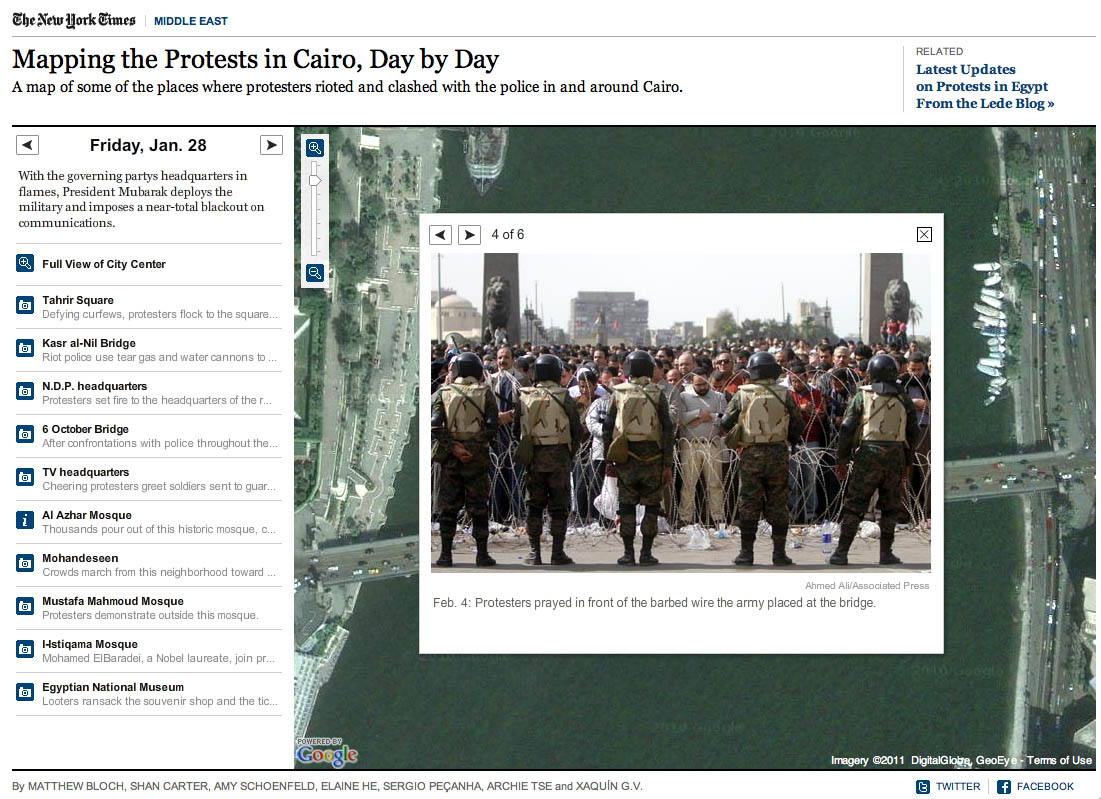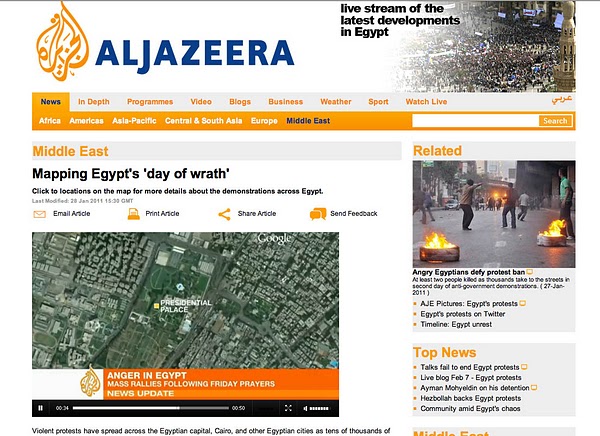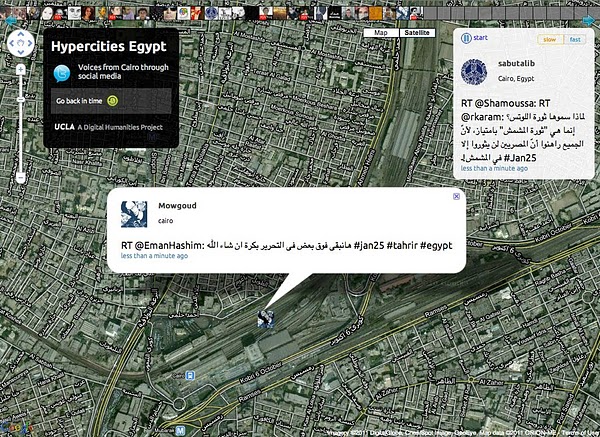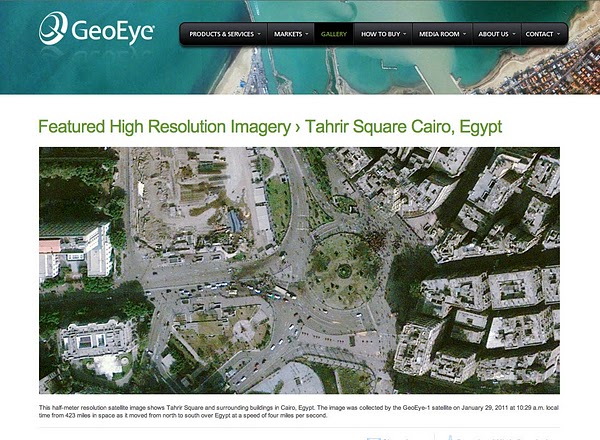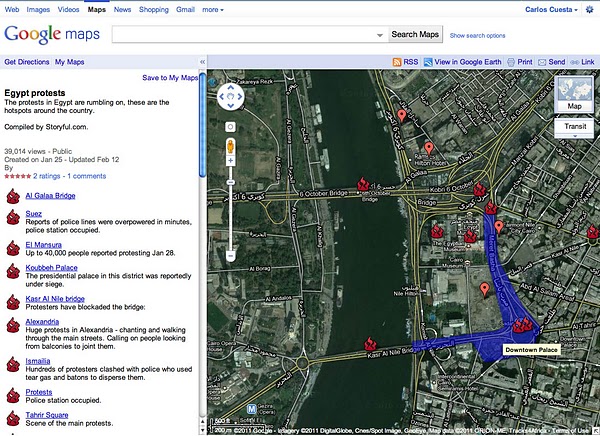With the growing numbers of Internet users in the region, we noticed that a huge number of search queries have a geographic component. So, we’ve been working on providing rich, local geographic data to offer you the best local experience possible and today we are announcing the launch of local Google Maps domains for 11 countries across the region.
Now, Google Maps will be easily accessible from your local search domain in Algeria, Libya, Egypt, Lebanon, Jordan, Kuwait, Bahrain, Qatar, UAE, Oman, and Saudi Arabia. You’ll also be able to use it in Arabic as well as English and French for some countries. You can use Google Maps to search for a city, navigate your way around towns, or find a local business. This could be a Falafel place in Amman, a hotel in Cairo, or a restaurant in Jeddah.
Having access to maps on your local domain is more than just finding your way from A to B. There are many ways that businesses and individuals can contribute to making Google Maps in your country more useful and more accurate. Check out some of the following features:
Use My Maps to create your own personalized maps, for example a customized map of your favourite places in your neighborhood to share your experiences with others.
Maps in Algeria, Libya, Kuwait, Bahrain and Qatar have been made possible in large part by passionate users mapping their countries via Google Map Maker, which is available across the world in more than 180 countries and regions. Map Maker allows you to use your local knowledge to practically edit the entire map – from roads, businesses, parks, schools and more. Users have mapped out entire countries or just made their neighborhoods look stunning. Starting today Google Map Maker is now launched in Saudi Arabia and the United Arab Emirates.
It is also possible to include a Google map on your own website. You can display information – like a restaurant location or directions – on a Google map and embed it in your website using our Google Maps API. There are many great sites already using the API to share customized information on Google maps. For the developers and webmasters amongst you, the possibilities are endless.

